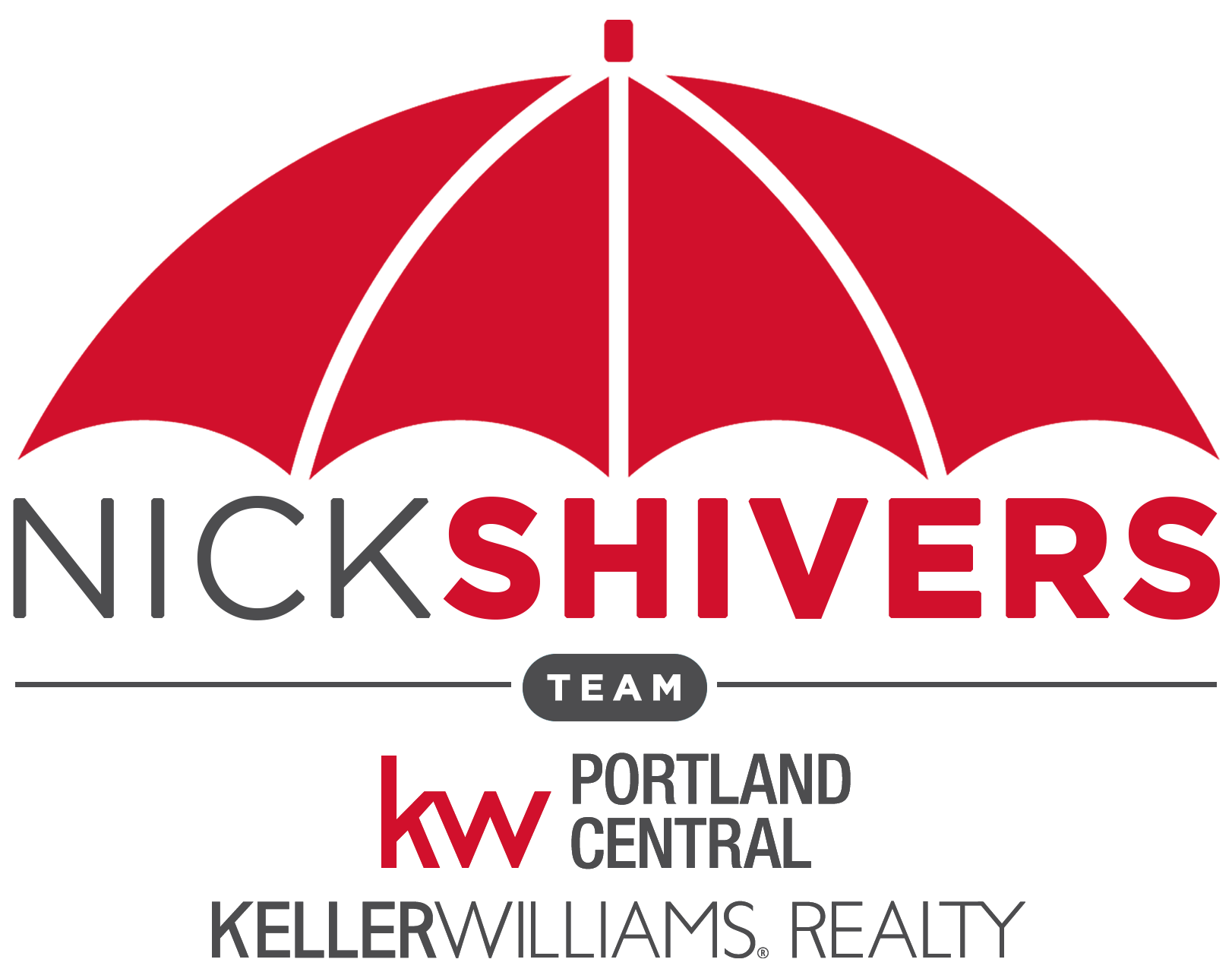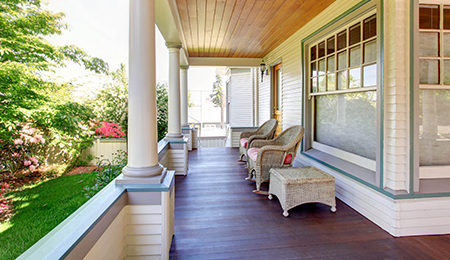Now that we’ve reached the end of September, what does the market look like? Find out here.
In today’s end-of-summer market update, I’ll first discuss the Oregon market before moving onto the Clark County/Southwest Washington.
For Portland, we saw a 5.9% decrease in the number of closed sales in September. Year to date, the total number of home sales dropped by 3.9%.
The historical rate of appreciation for our area is about 2.5%. This September, Portland home appreciation experienced a 1.1% growth. That’s significantly lower than it had been over the last six years.
The average sales price was about $459,000 this month. Additionally, the number of showings was up; this is good news, since the more showings that occur, the more offers are made.
“57% of homebuyers think there is going to be a recession”
Moving up to our neighbors to the north in Clark County, we saw that the number of closed sales dropped by 1.2% over the year. For September specifically, closed sales are down 5%.
Clark County did experience a bit more appreciation than we did here in Oregon—homes there had a 3.1% rate of appreciation. The average sales price is roughly around $405,000.
Keep in mind that the month of October typically has the highest number of homes available. For buyers, that means more options to choose from, in addition to the phenomenal interest rates. This means that homes are generally more affordable. Home values are also higher than they’ve ever been.
Another important factor to consider about our market is that 56% of economists predict that by 2020 or 2021, we may undergo a recession. Here’s the interesting part about that: 57% of homebuyers think there is going to be a recession, and of those homebuyers, 51% think that it will be worse than it was during the last recession.
That’s just not the case. Why?
1. The potential upcoming recession won’t be led by the housing industry, unlike last time.
2. Credit is much more stringent this time around, and there are fewer risky loans available.
3. The cost of money is lower now—in 2008, rates were at around 6%, but they’re not around 3.5%
Overall, we’ll have to wait and see what happens come 2020.
If you have any questions about the market or what you can expect in the coming months for the market, don’t hesitate to reach out to me. I’d love to hear from you.




